

Gain inspiration and knowledge for the art of jewelry and emrboidery in South Asia.



A lot of South Asian diaspora may be disconnected with the daily art in their lives, for example, clothing. Some may wear South Asian clothing on special occasions, but how the clothing is made is an art that usually remains back home. One word to encapsulate South Asian clothing is embroidery.
The image below on the left is my mother and on the right is a painting of her. How the artist portrayed the detailing of the dress is important because all of that is sewn on gold thread or precious metals. This is my mother's wedding day, so it's an incredibly fancy occasion. This depiction of embroidery in clumps is used by artists throughout time


The actual process of emboridery can be incredibly simple with just thread or very complicated with gold, accents, metals, gems, etc.


Sujani Kantha is an example of a stype of embroidery. It's a series of stitiches that can be used to create simple or more complex designs. Sujani Kantha is also used in the Sindh region to make colorful patterend quilts! Below are visuals of some of the stichtes. Here is a link for more emboridery tips
LINK.

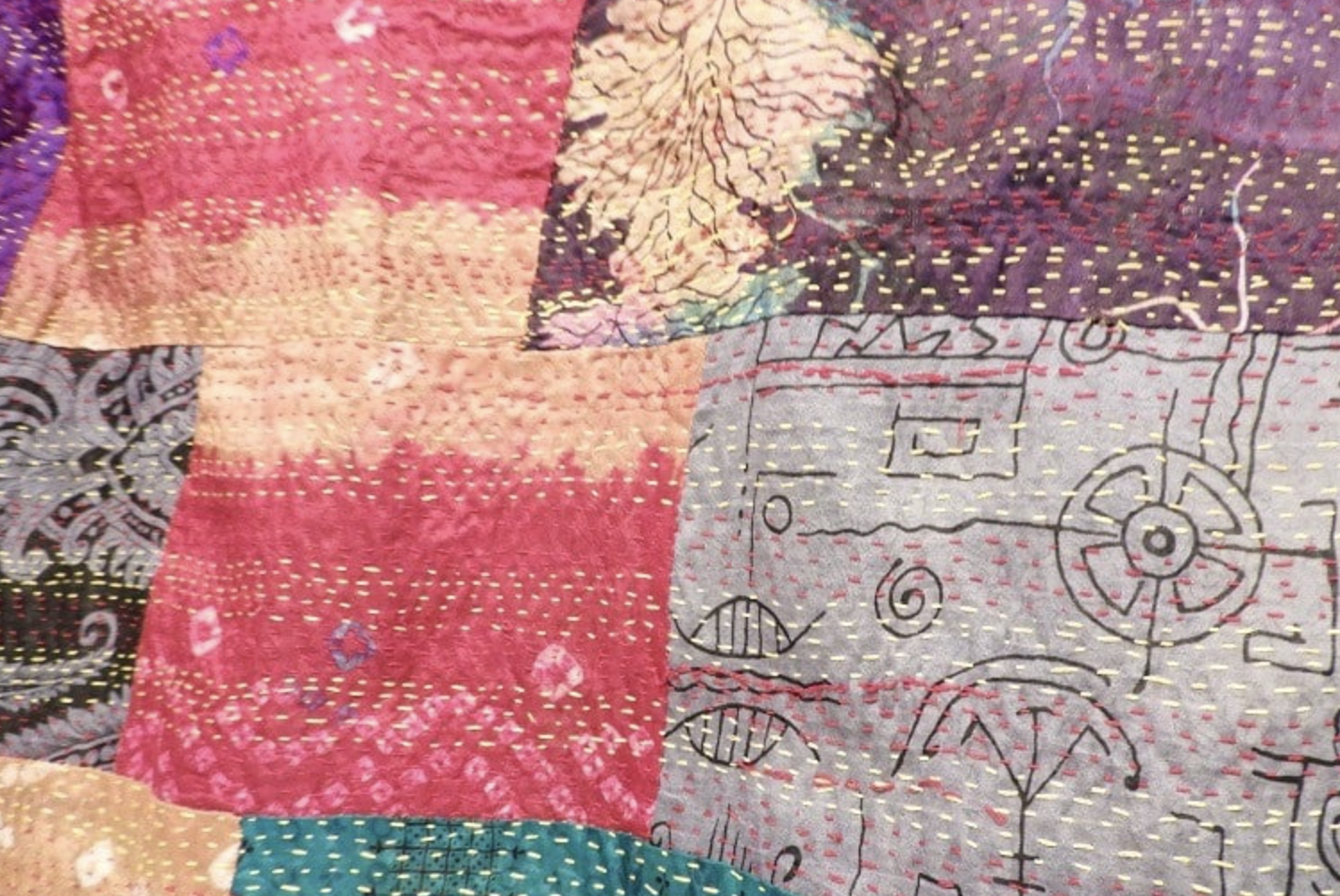


Sometimes more than clothes, jewelry is another staple of South Asian ware and art. Jewelry is usually been passed down by the women in a household for many reasons from sentimentality to historic financial security for women. The types of jewelry shown here are as follow:

Many art renditions focus solely on jewelry as they're such a big aspect of South Asian culture

The aspect of decoration goes beyond humans and even extends to animals - the traditional get up for horses is quite elaborate and has emboridery within the bite and saddle
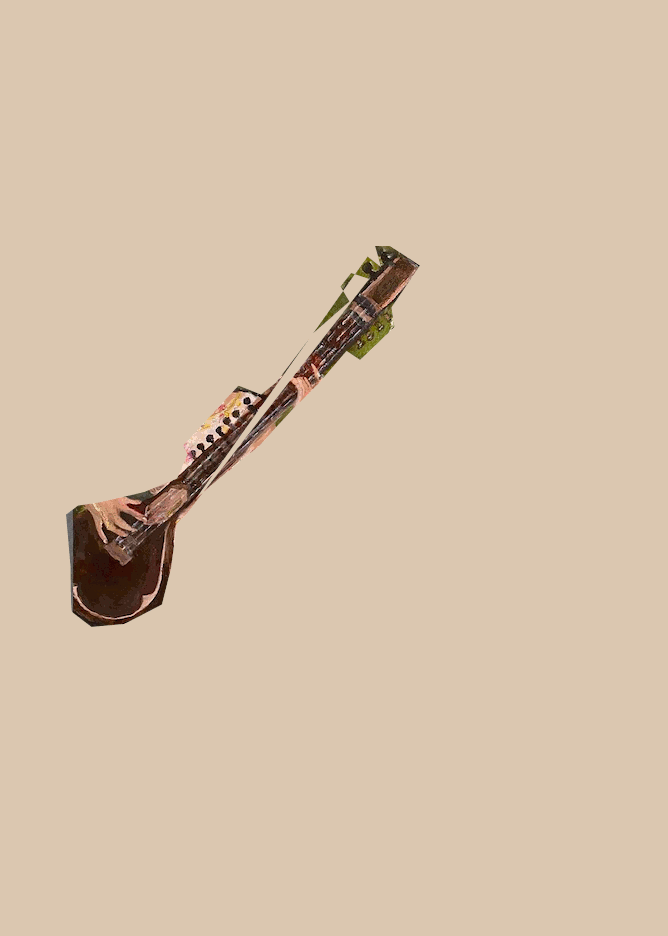
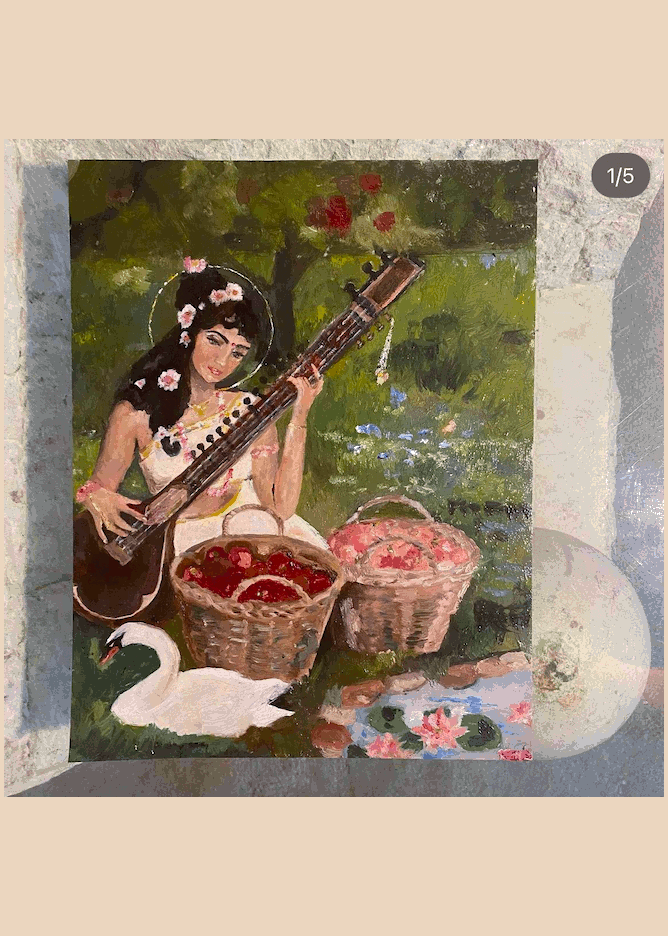
Music and instruments are also a big theme in art with these images showing a Sitar

Mehndi or henna is also a huge factor in art and style

Photography is also a more recent tool used by diaspora to utilize clothing and jewelry to feel closer to their culture. This is amazing work by @shaistadeen
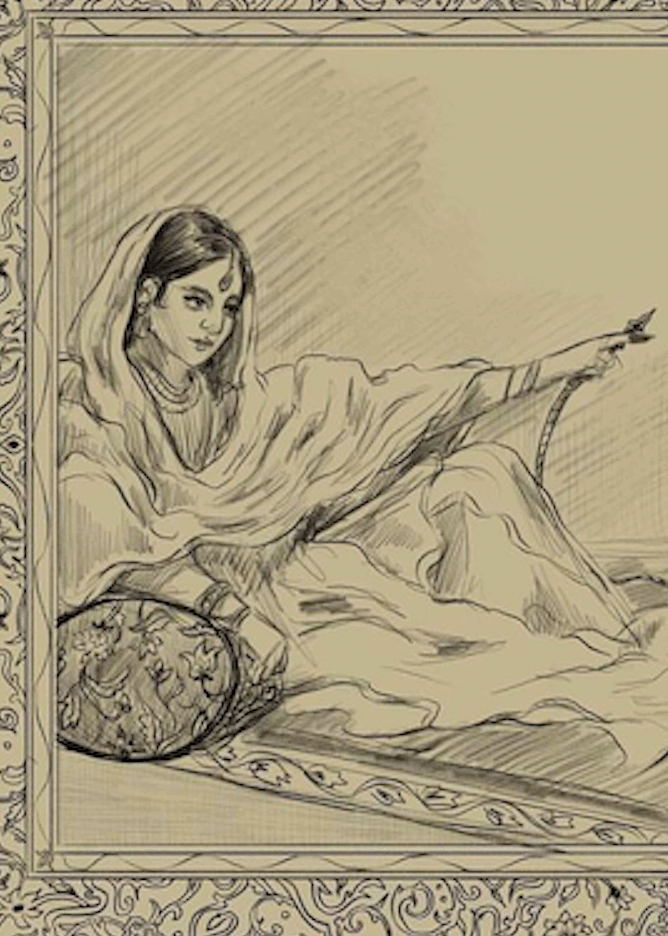

Dating back to the 16th century, Hookah., has been used for heating or vaporizing and then smoking tobacco, cannabis, etc. This would normally be done in the central courtyard of the home, but now there are Hookah lounges in the cities which are more akin to clubs. This tradition is a heavy factor in art as now it has gained a reputation in the west

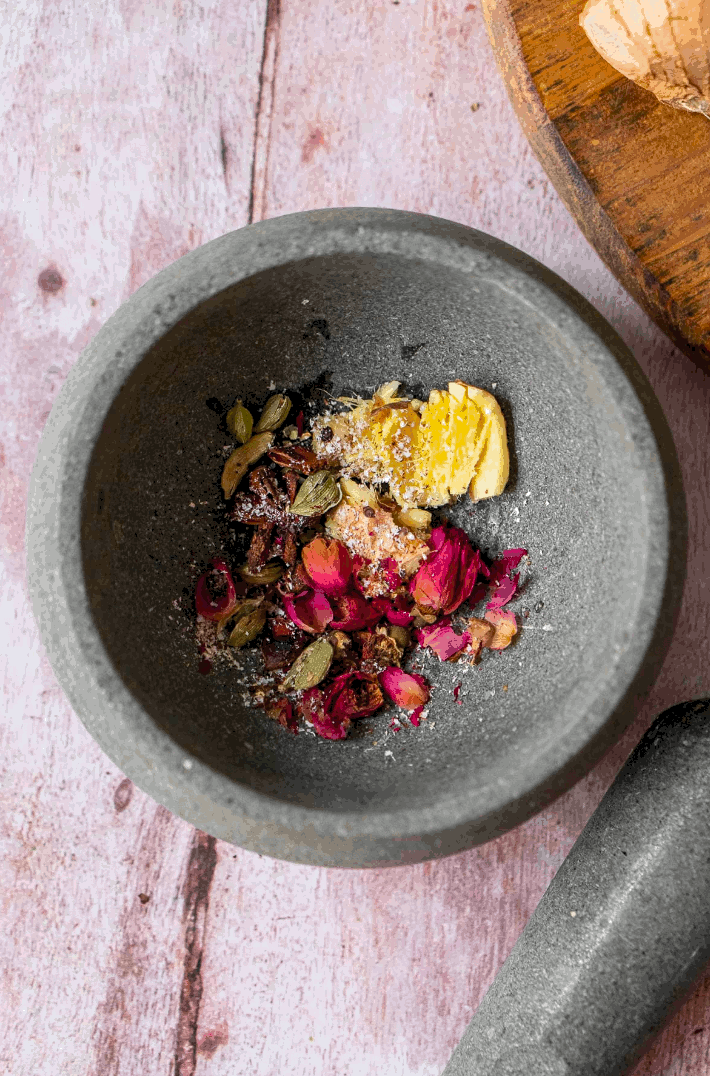
And last, but certainly not least, is chai. One of the main things becoming popular is the west is chai., or tea. It's usually done all wrong at starbucks or Trader Joe's. Here is a simple recipe to follow: